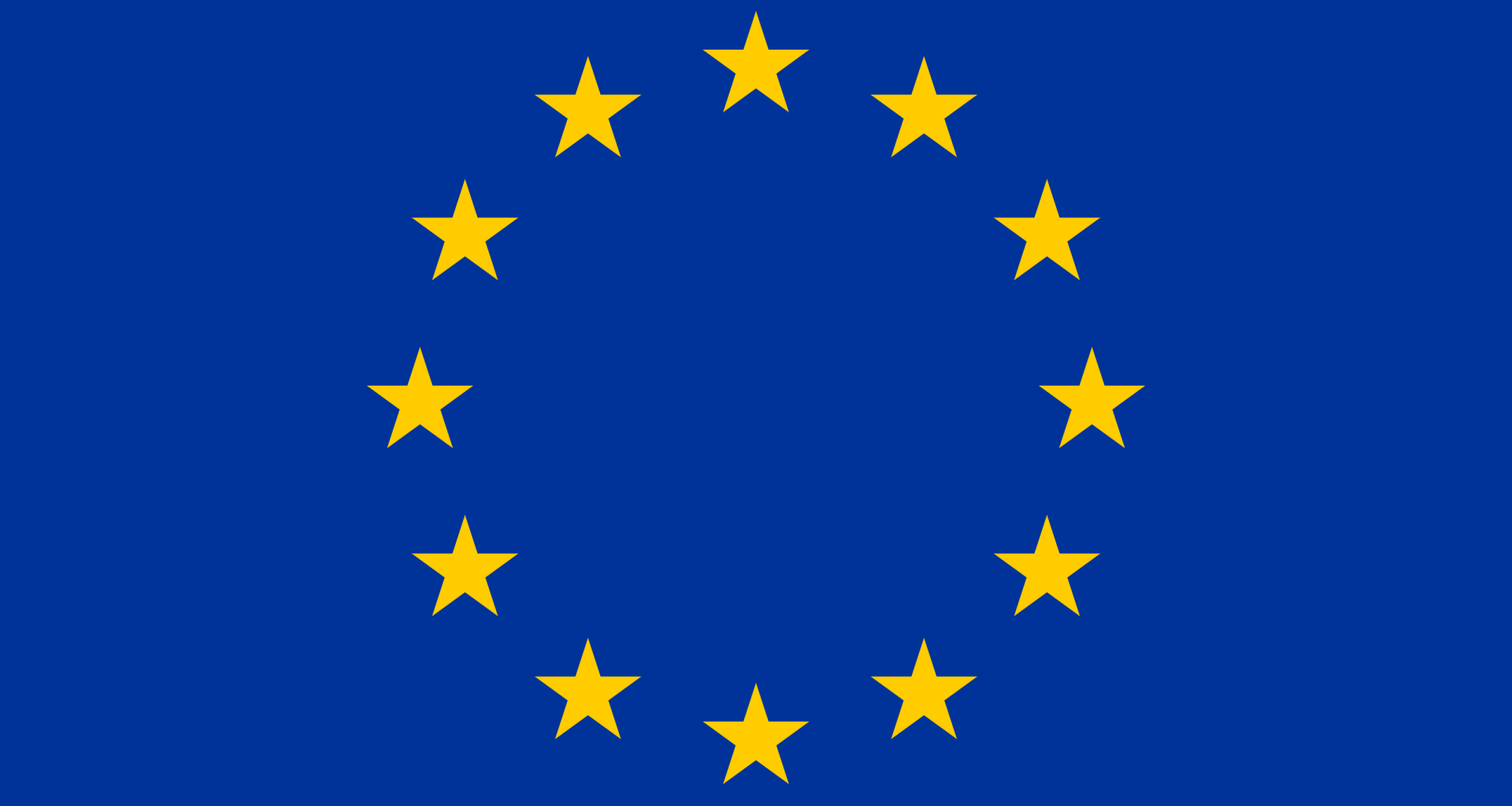The hearings at the ENVI committee on the revision of pharmaceutical legislation
by Giuliana Miglierini As a part of the ongoing process of revision of the pharmaceutical legislation, the Committee…

Browsing Category